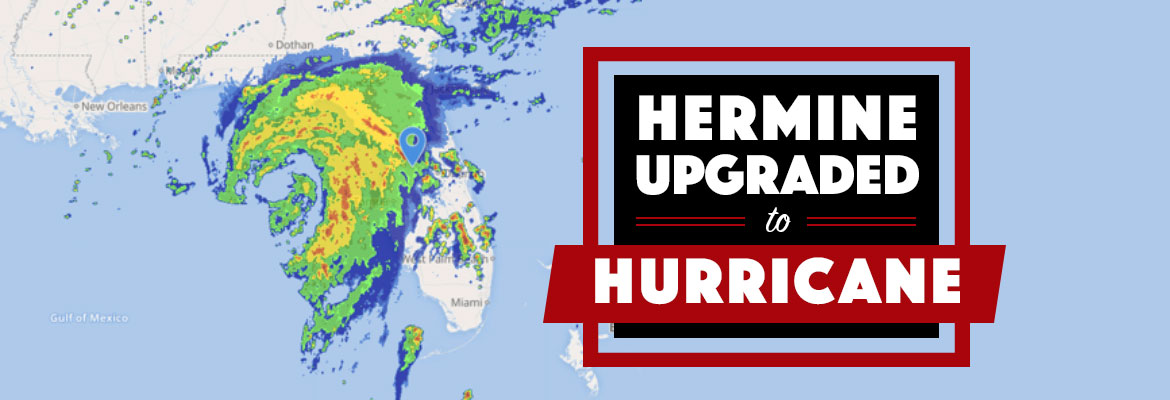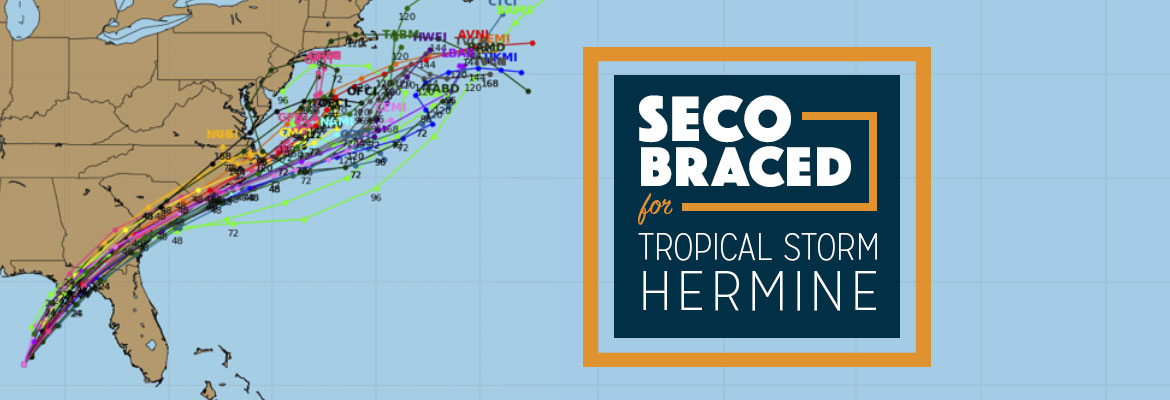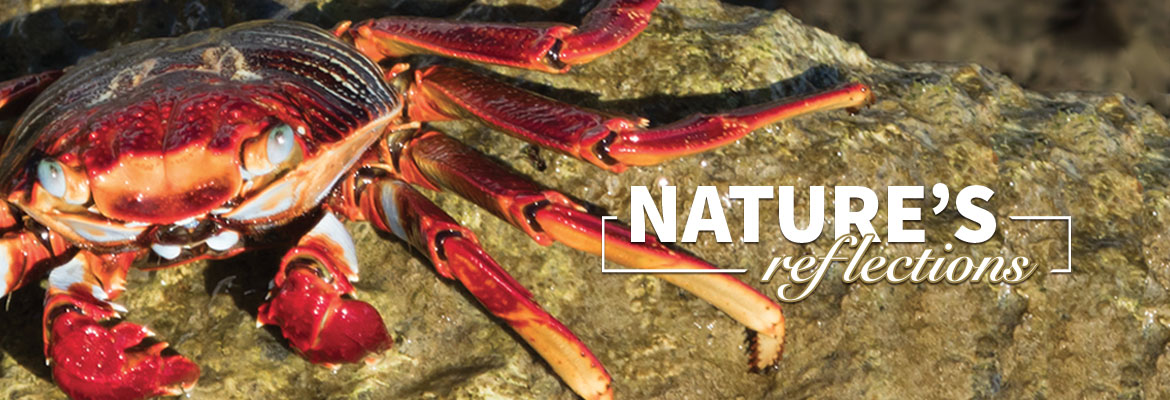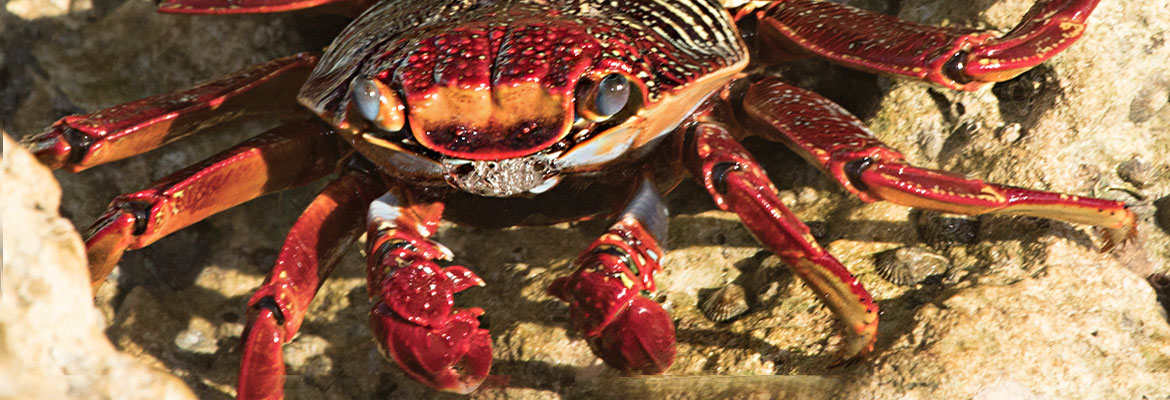Hermine Upgraded to Hurricane
On Thursday afternoon, the National Hurricane Center upgraded Tropical Storm Hermine to a Category 1 hurricane. Maximum sustained winds have increased to 75 mph. Currently, the hurricane is 115 miles south-southwest of Apalachicola and is moving north-northeast at 14 mph. Locally, tornado warnings have been issued for several counties in SECO’s service area.
SECO Energy is Storm Ready and is braced for Hermine’s impact on its service area. Members should expect 4-8 inches of rain during the event with isolated higher totals. Strong winds will occur on Friday and will have more of an impact on SECO’s service territory than before Hermine makes landfall. Tornadoes remain a concern until Hermine passes away from the state on Friday.
SECO has enacted its emergency restoration plan in preparation for Hurricane Hermine’s effects. Bucket trucks and line work cannot withstand winds in excess of 35 mph. Once winds subside, SECO’s Operations crews and additional contractor and tree trimming crews will work together to restore power quickly and safely. Additional reinforcements are on standby.
The company’s emergency restoration plan determines the system’s restoration priority of each affected feeder. Essential services such as shelters, hospitals, fire/law enforcement facilities, schools, and government agencies are the highest priority. Line repairs that will restore power to large groups of members are next, and then individual electric services in less populated areas. SECO urges members to continue tracking Hurricane Hermine and prepare to wait out the storm as it passes through Central Florida.
Use these practical suggestions:
- If using a landline, have a non-electric phone for emergencies.
- Invest in and charge a battery-operated cell phone charger.
- Buy a battery-powered radio and a supply of fresh batteries.
- Keep flashlights and extra batteries handy.
- Dig out your first aid kit and refill prescription medications.
- Stock a three-day supply of bottled water.
- Fill bathtubs with water to flush toilets.
- Purchase canned or packaged nonperishable food.
- Buy an old-fashioned crank can opener.
- Review your homeowners and flood insurance policies.
If neighbors have power but you do not, check your panel for tripped breakers, as this is common. If the breakers aren’t tripped, report the outage using your smartphone or tablet through the SECO Storm Center – or call us.
As a not-for-profit electric cooperative, SECO is dedicated to being its members’ first source for storm information. “Like” SECO’s Facebook page and “follow” the company on Twitter to stay updated.






